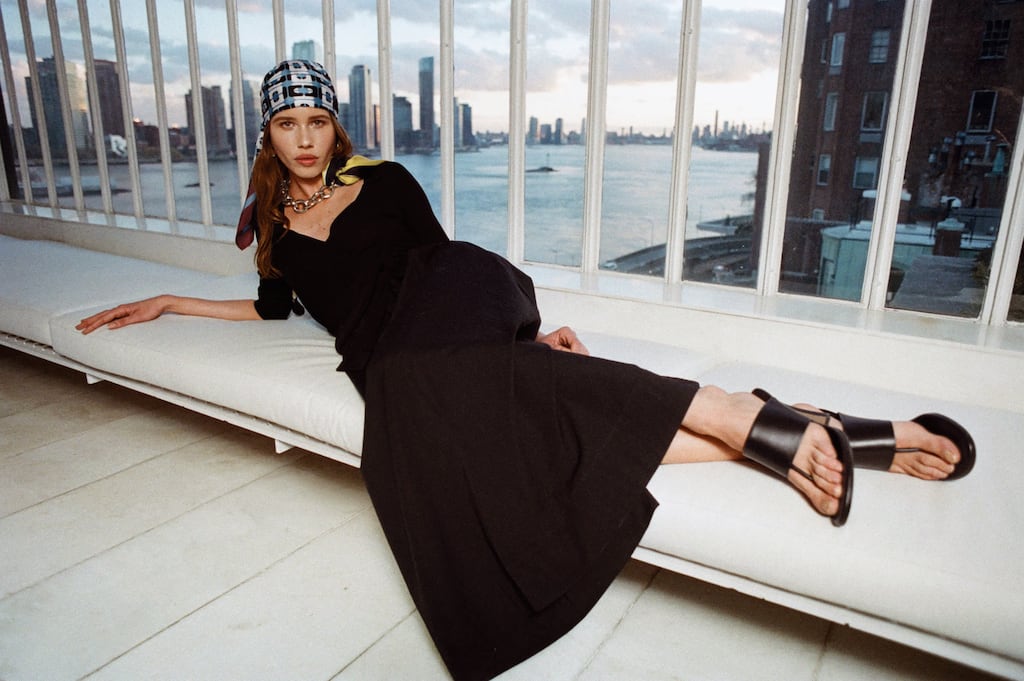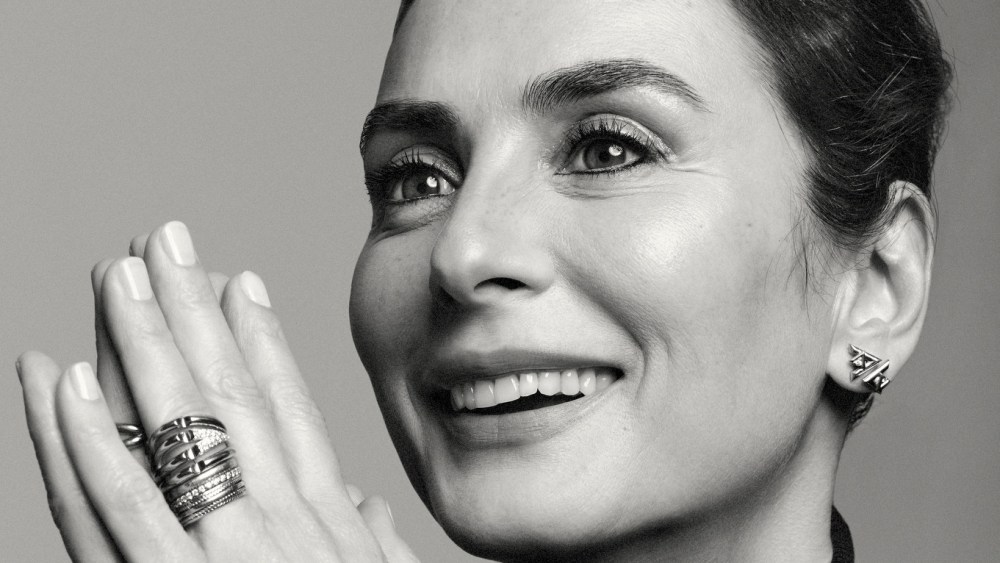Fashion is not just about clothing; it is a powerful medium that reflects and shapes cultural and societal norms. Recent events in the fashion world have highlighted how trends influence our identities, lifestyles, and even our emotional well-being. From playful designs that evoke nostalgia to high-end couture that makes bold statements, fashion continues to be a dynamic force in our lives.
Key Takeaways
- Fashion serves as a reflection of cultural shifts and societal changes.
- Nostalgic designs are making a comeback, appealing to our inner child.
- High-profile events like New York Fashion Week showcase the latest trends and their cultural significance.
The Role of Fashion in Cultural Expression
Fashion has always been a mirror to society, reflecting the values, beliefs, and aspirations of different eras. Designers often draw inspiration from historical events, art movements, and social issues, creating collections that resonate with the public. For instance, the recent New York Fashion Week showcased collections that not only highlighted aesthetic beauty but also addressed themes of inclusivity and diversity.
Nostalgia in Modern Fashion
The resurgence of playful fashion, characterized by bright colors and whimsical designs, taps into a collective nostalgia for childhood. This trend encourages individuals to embrace their inner child, allowing for self-expression that is both fun and liberating. Designers are incorporating elements like candy colors and funky shapes, making fashion accessible and enjoyable for all ages.
- Key Elements of Playful Fashion:
- Bright, candy-like colors
- Whimsical shapes and designs
- Incorporation of childhood motifs
High-End Fashion and Its Societal Impact
High fashion continues to push boundaries, often making bold statements about societal issues. Designers like Calvin Klein and Gucci are not just creating clothing; they are crafting narratives that challenge norms and provoke thought. The luxury fashion industry is increasingly aware of its influence, using its platform to advocate for sustainability and ethical practices.
- Notable Trends in High Fashion:
- Sustainable materials and practices
- Gender-neutral collections
- Collaborations with artists and activists
The Future of Fashion
As we look ahead, the intersection of fashion and culture will likely become even more pronounced. With the rise of social media, trends can spread rapidly, influencing global fashion in real-time. The fashion industry must adapt to these changes, embracing innovation while remaining rooted in cultural relevance.
In conclusion, fashion is a vibrant and ever-evolving reflection of our society. It has the power to inspire, provoke, and connect us, making it an essential part of our cultural landscape. As we continue to navigate the complexities of modern life, fashion will undoubtedly play a crucial role in shaping our identities and experiences.








